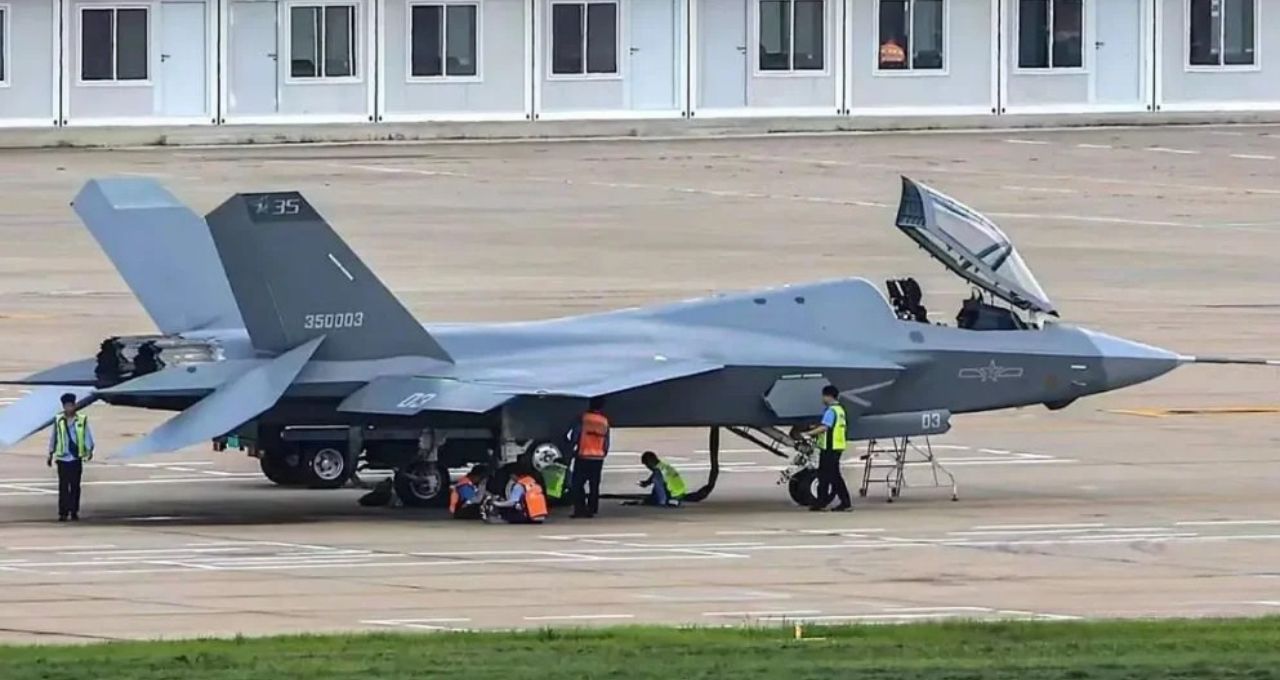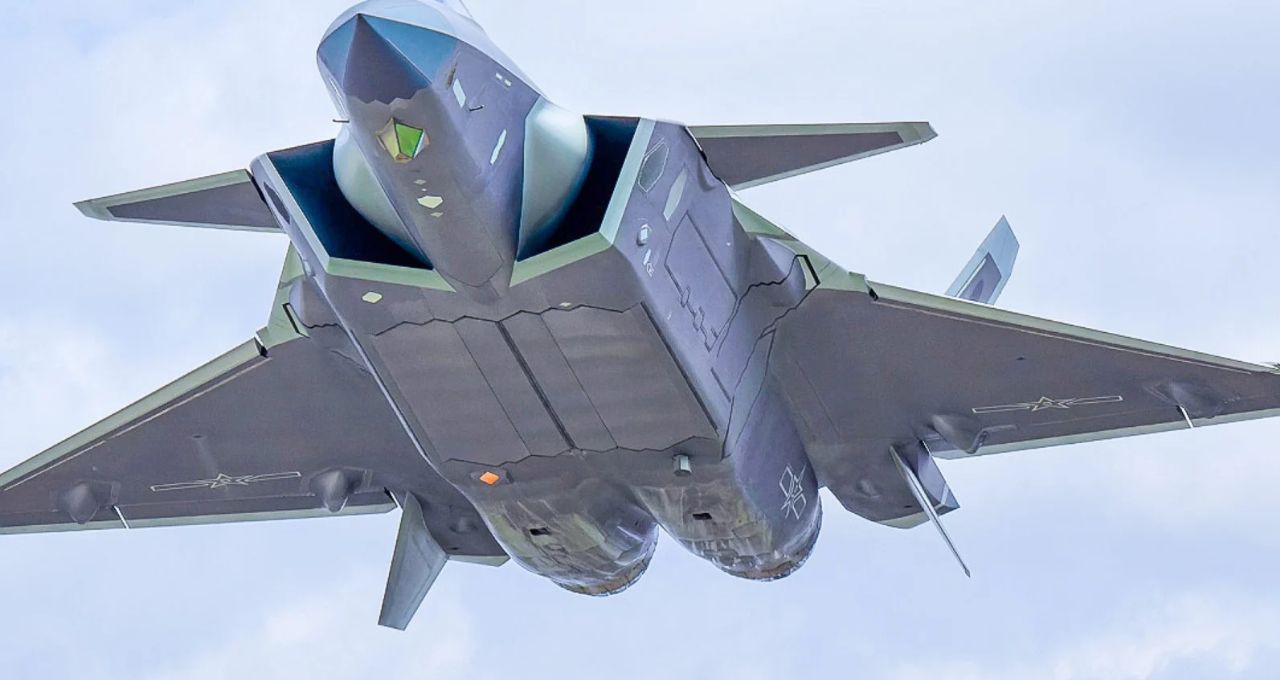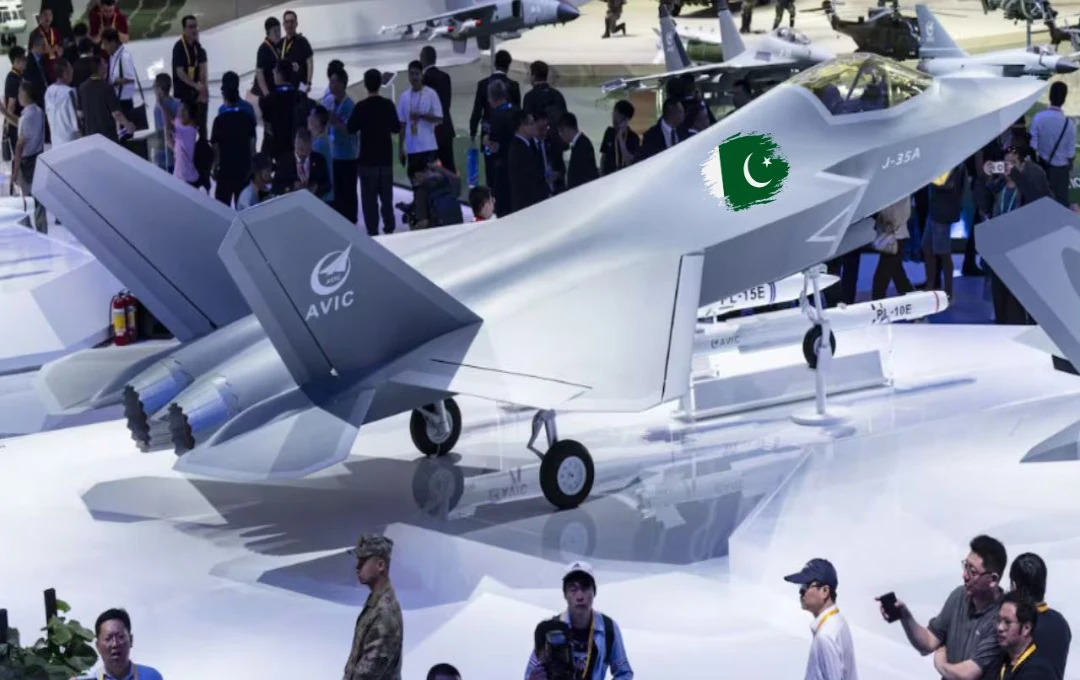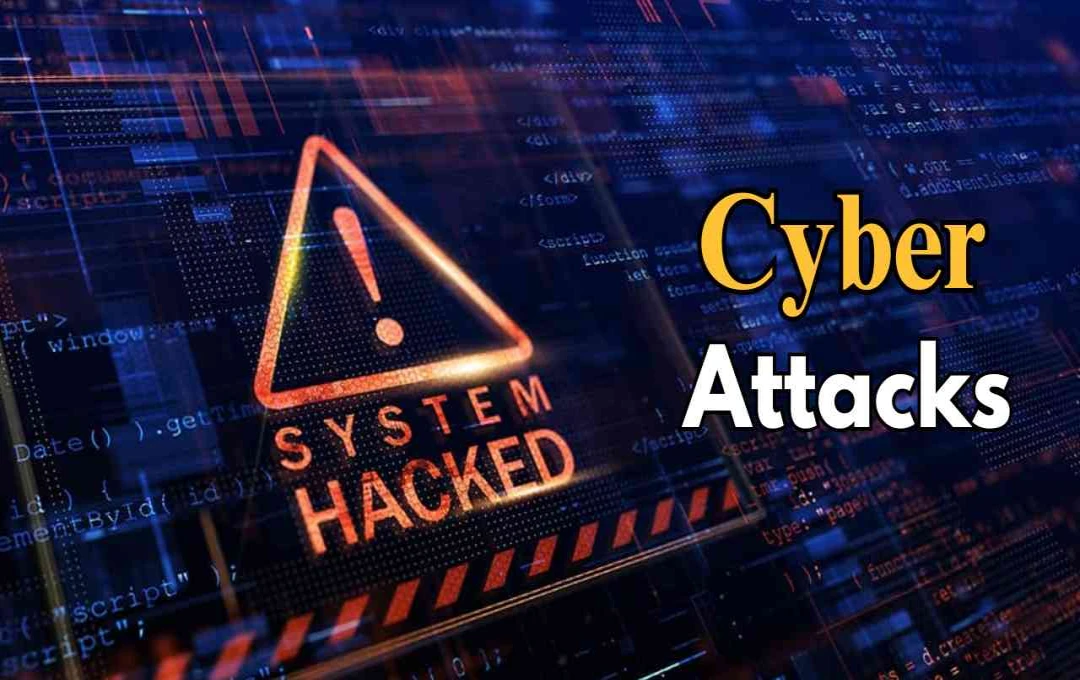This new jet will not only enhance Pakistan's air power but will also pose a significant new security challenge for India. Its arrival could alter the regional power balance, impacting our security and warfare strategies.
New Delhi: The balance of air power in South Asia has reached a critical juncture. Reports of China supplying Pakistan with the next-generation stealth fighter J-35A have sent ripples through regional security strategies. This jet will significantly bolster Pakistan's air capabilities and present a major challenge for India.
The J-35A, also known as the FC-31, is China's advanced stealth fighter aircraft. If acquired by Pakistan, it would be the first time they possess an aircraft capable of long-range strikes without detection by enemy radar.
J-35A: More Than Just an Aircraft, a Power Surge
Developed by China's AVIC, initially designed for the navy, an air force version is now ready. It boasts advanced radar, infrared search systems, network-warfare capabilities, and high speed. Its PL-15 and PL-17 missiles can easily target key Indian Air Force aircraft from a range of 250 to 400 kilometers. This means Pakistan could launch attacks undetected, posing a considerable challenge to India.

India's Current Capabilities
The Indian Air Force currently operates several fighter jets, including Rafale, Su-30MKI, Mirage-2000, MiG-29UPG, and Tejas Mk1, mostly considered fourth-generation aircraft. Among these, only the Rafale is capable of effectively countering the J-35A, particularly due to its advanced missile and electronic systems. However, the Rafale's stealth capabilities are less pronounced, potentially making it vulnerable in long-range engagements against the J-35A. The Su-30MKI is highly maneuverable, but its larger radar signature makes it easily detectable by stealth jets.
Potential Impact of the J-35A
Experts suggest that if Pakistan acquires these jets, it will pose a significant long-term challenge for India. This aircraft would enable Pakistan to conduct deep strikes within Indian territory, putting key Indian Air Force assets at risk.

India's Necessary Countermeasures
To address this threat, India needs to take several steps:
- Accelerate the AMCA project: Expedite the development of India's indigenous fifth-generation stealth fighter, AMCA, to strengthen domestic technology.
- Expand the Rafale squadron: Procure additional Rafale jets to bolster air power.
- Increase the number of AEW&C and AWACS aircraft: These aircraft are crucial for monitoring enemy air activity.
- Rapid deployment of XRSAM and S-400 missile systems: These missiles can counter long-range enemy attacks.
- Focus on electronic and cyber security: Electronic warfare and cyber security will become crucial against stealth jets, requiring accelerated development in these areas.















